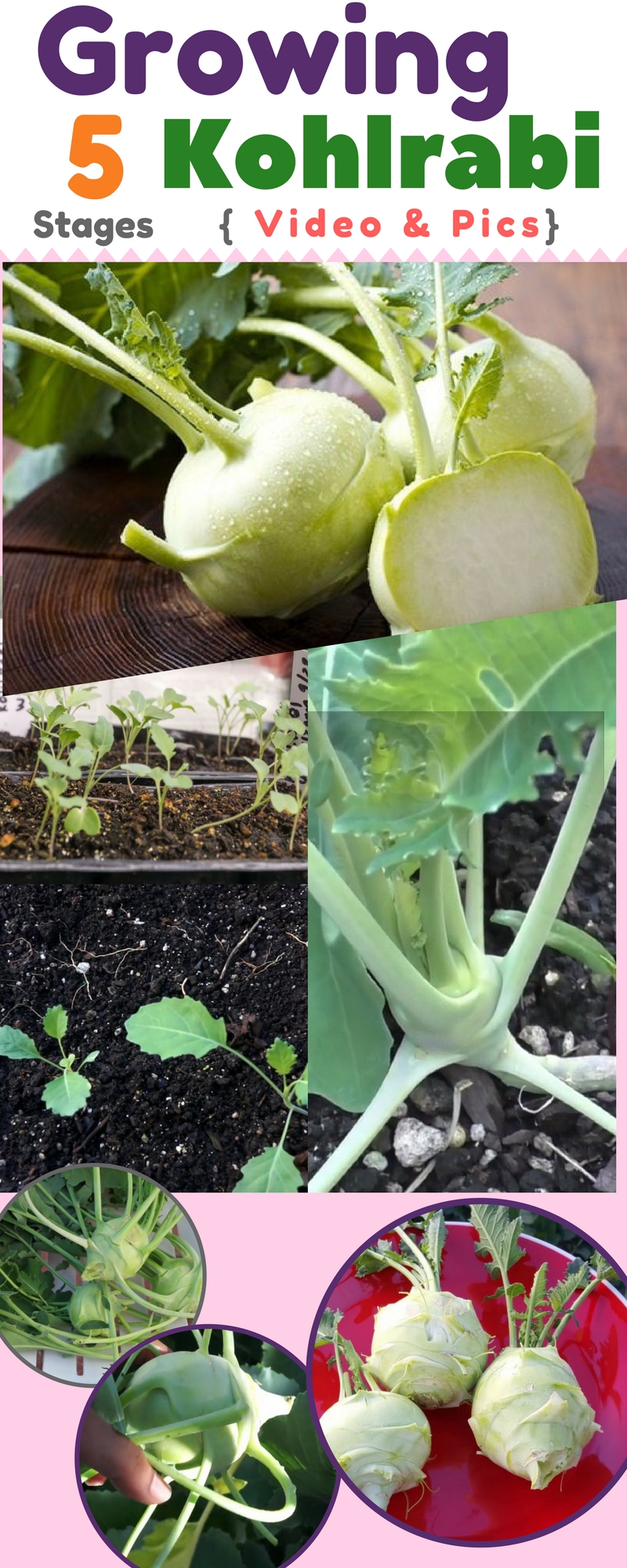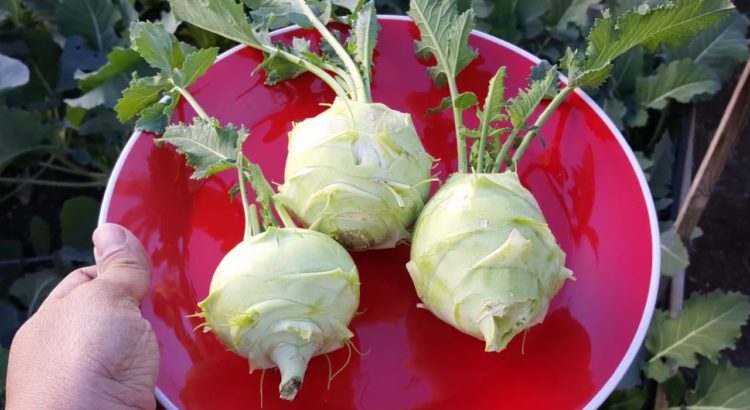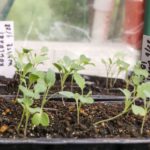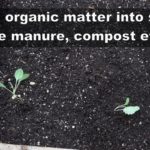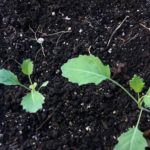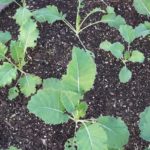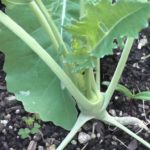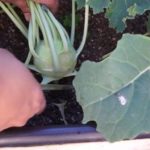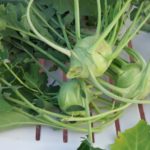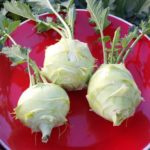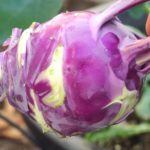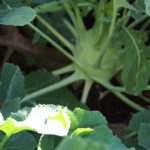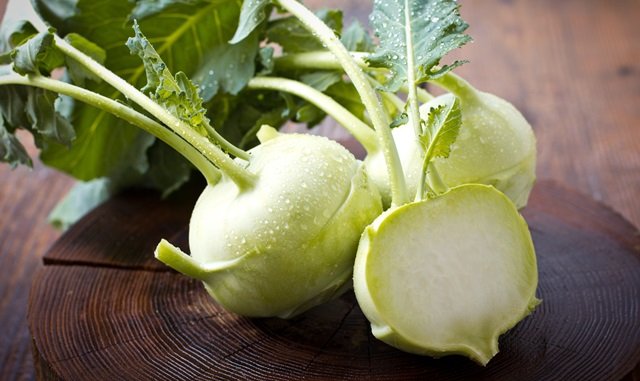 Kohlrabi is a common annual vegetable, which is a stout cultivar of the cabbage family and considered as one of the nutrient veggies around. Kohlrabi can be eaten in both uncooked and cooked forms. The whole part of this vegetable considers as an edible portion, whether it is the leaves or the stems, though the plump stem is used to make more edible preparation than the leaves.
Kohlrabi is a common annual vegetable, which is a stout cultivar of the cabbage family and considered as one of the nutrient veggies around. Kohlrabi can be eaten in both uncooked and cooked forms. The whole part of this vegetable considers as an edible portion, whether it is the leaves or the stems, though the plump stem is used to make more edible preparation than the leaves.
It is also known as Su Hao in some German-speaking countries and Ol Kopi in some Asian countries. The easy-to-grow quality, along with fast-growing capacity has made this vegetable one of the frequent garden vegetables of all time. Let’s check out the exact growing procedure of this veggie below with some other essential details-
How to Grow Kohlrabi:
Soil:
- Kohlrabi needs well-tilled soil that is rich with enough compost mix.
- Apart from the fully fertile quality, this vegetable claims moist yet well-drained soil type.
- Try to make the soil rich with the addition of plenty of organic matter; rather than applying readymade time release fertilizer.
- Kohlrabi like the pH level in between 6.5 to 6.8, which not only help to provide adequate nourishment to the root but, prevent the clubroot disease from its base as well!
- Use organic fertilizer or lime to adjust the pH level, and never forget to check the level before sowing the seeds with a pH checking kit.
- You can also try some nitrogen rich soil amendments like cottonseed meal, blood meal, etc. to your soil, for adjusting the right pH level for the healthy plantation.
- As we mentioned that well drainage system is necessary for the perfect growth of kohlrabi thus, use loose or sandy soil, especially if you are going to plant the seeds in your garden area.
- Kohlrabi also needs warm type soil thus, try to provide at least 6 hours of sun heat to your soil and keep the temperature 80 ̊ F for the foremost times.
Step by Step ideas on growing kohlrabi – California Gardening
Season:
- Kohlrabi is a vegetable of both warm and a bit cold climates; consequently, you need to start your plantation about 4 to 5 weeks before the last frost in spring.
- This vegetable claims a very short period to grow, that means, if you sow them in the last frost or early spring, you will have the grown crops within the reaching period of summer, t the end of your cultivation!
- Kohlrabi plants are adjustable with the utmost climates, hence, it not stand not only against the spring frost but, sometimes, adaptable with the autumn forts climate as well!
- For the perfect circumstance, try to keep the temperature in between 60 to 80 ̊ F during the whole growing season.
- However, some new age gardeners claim that kohlrabi could grow in any temperature within 40 to 90 ̊ F, just keep providing the adequate sunlight to the plants and the temperature will be adjustable for any kind of plantation!
Planting:
- To start the plantation process, select the sunniest location in your garden that has enough space left to leak the drainage water.
- Now, arrange the desirable soil type there with perfect pH level.
- After that, sprinkle a layer of water first to make the soil moist, as the kohlrabi seeds need to plant in moist soil rather than dry soil.
- Make some holes with your finger in a row which has the ½ depth and 4 to 5 inches apart from each other.
- Then, put a single seed in every single hole and cover the seeds loosely with some more fertilizer soil mix from the top.
- If you are going to sow them in several rows then, leave at least 1-foot gap from one row to another.
- After completing the planting process properly, water the seeds thoroughly and wait for the germination.
- Once you the germination occurs, start to take care of your plants more methodically until they reach the period of harvesting.
Care:
- After the tender plants reach the length of 2 inches, mulch them immediately.
- Use some homespun mulch elements like straw, grass clippings, etc. which will help to hold the moisture and warmth both for an extended period.
- Apply timed-release vegetable food to nourish the root, once the plants start to grow or developing into the larger forms.
- You can use 14-14-14 into the soil to increase its fertility, but always follow the instruction on the level to get the best result. Bonnie herb, fish emulsion, or vegetable plant food could give a boost to their growth than any garden-made organic compost.
- Mulching with the layer of compost will give a better outcome of healthy crops at the conclusion of your cultivation.
- When the leaves are growing bushier or they begin forming heads, prune them and space plants 9 to 12 inches apart from each other.
- Kohlrabi plants require a constant supply of moisture to generate the fully grown healthy bulbs; so, try to supply 1 to 1.5 inches of water to your growing plants in each week.
- However, you can adjust the usage of water with the amount of rainfall in the season, when you began the plantation!
- Always maintain a grounded field for your kohlrabi plants and make sure that there are no weeds existed in the soil.
- Otherwise, they not only discourage the growth of your crops but, at the same time, instigate some deadly pests and disease which could ruin the entire process of cultivation completely!
- Leaves of kohlrabi plants always should be clean and ground, even after the watering a fertilizing process as well.
- Now, you just need to take appropriate protection to your plants so then, they couldn’t get infected by any kind of insects and infection till their harvesting session.
Pests and Diseases:
Pest and diseases are quite frequent for every single vegetable and the possibility of getting infected by such troubleshooting increases itself when the vegetable taste so luring like kohlrabi! This veggie and its juicy leaves also get attacked by the same pests like other cabbage family blogging vegetable. Beet armyworm, cabbage aphid, cabbage looper, cutworms, diamondback moth, flea beetles, large cabbage white, thrips, etc. are some common insects of kohlrabi plants. While, clubroot, black rot, Alternaria leaf spot, damping off, downy mildew, powdery mildew, root knot nematode, etc. are some typical fungal and bacterial infections which often incorporate kohlrabi plants and damage the crops entirely.
Younger plants are more vulnerable to flying or flea insects than the older ones. Use row cover to protect your plants from such pests. Some insects are removable by pesticide objects and some are manageable by soapy water force. Conversely, try to keep the leaves of your plants up from the touch of soil or fertilizer to protect them from cutworms or other filthy insects as well.
To get disease free kohlrabi, always sow pathogen-free seed or transplant you kohlrabi plants in sterilized soil. Supply adequate sunlight and a damping-free moist atmosphere to the each base of your plant, this will give you a less possibility of fungal or bacterial infection indeed. You can also rotate your plants with non-brassicas or spray some organic fungicide liquids as well to get rid of these troubles at once!
Related Plants: How to grow zucchini – how to grow cabbage – Step for growing Brussel sprouts and growth stages of broccoli.
Harvest and Storage:
Harvest:
- Kohlrabi generally gets ready when the stems reach the length of 1 to 4 inches in diameter.
- Usually, the exact harvesting period of this vegetable occurs in between 50 to 70 days.
- Harvest this veggie by cutting them from the base of each plant.
- If you want to harvest and use the leaves of kohlrabi plants then, pluck them during the whole growing session, especially when they are young or tender texture, and utilize as the same way as kale.
Storage:
- To store kohlrabi, bring them inside your house immediately after harvesting, particularly away from the sun heat.
- Now, put them inside a plastic bag and refrigerate the in your vegetable crisper.
- You can preserve them into a paper made lunch bag as well, before placing them in your freezer.
- To freeze them for a long while, blenching is the best way, and you need to clear all the tops and roots from the every single piece, first.
- Now, wash, peel and cut the stems into thick cubes before starting the process.
- After that, boil them in a saucepan that is filled with warm water for 1 minute; transfer the pieces to another bowl of ice water to chill the pieces instantly.
- Now, drain them off and place them into a heavy duty freezer bag before putting them in your freezer.
- Remember that freezing kohlrabi couldn’t provide you raw or crispy form at the end, so avoid this process, if you want to store your garden-grown kohlrabi in a fresh and crispy form!
Related Video: Growing Kohlrabi on Raised Beds
Growing Kohlrabi in Container:
- To cultivate kohlrabi in a container, take a perfect garden pot first with the capacity of 4 to 5-gallon.
- Make 4 to 5 drainage holes at the bottom, prior to any other planting courses.
- Now, fill the container with plenty of potting mixes that is rich in nitrogen content and loose in texture. Combine cocopeat, perlite and sand in equal amount to the best result.
- Then sow the seeds ¼ inch deep into the soil and water the soil until it looks moist.
- After that, place the container in the sunniest place on your balcony as, kohlrabi seeds need at least 6 to 8 hours of full sunlight to germinate and grow.
- You can start the planting process with a seed tray if you want. In that case, transplant the young kohlrabi plants when they are 2 to 3inch long and start producing leaves.
- Seeds will begin to germinate after 4 days of sowing, then; you need to take more care of your kohlrabi plant as we refer above.
- Once the container resembles bushier or congested with enormous leaves, cut some older leaves out of the stem to allow the head develop with more space.
- You can cut off some younger leaves as well if you want to eat them as a vegetable.
- Protect your plant from every probable trouble and finally harvest your container planted kohlrabi after duration 50 to 55 days of the plantation.
Related Ideas
Ways to prepare kohlrabi – thekitchn
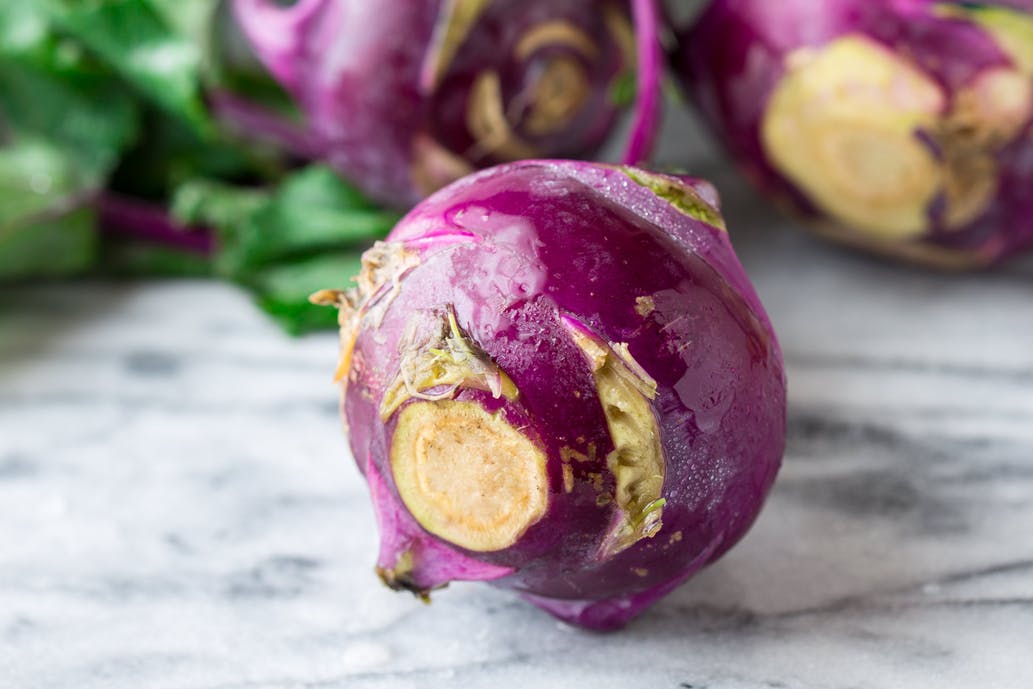
FAQ:
Does Kohlrabi Grow Back?
Several gardeners seem curious to know that does kohlrabi grow back in any way. Well, we should clarify here that this one of those vegetables which you can’t grow back! Because, the stems of kohlrabi plants are regarded as the crop and once you cut the head from the base, you are actually separating the main stem from the root. So, how could you grow back a plant that has been cut off from the roots?
Where is this Vegetable actually from?
This tasty tender vegetable originally belongs to the Brassica oleracea family and came from the Germany and it is enormously consumed by the German countries till today! Nowadays, kohlrabi is a highly preferable vegetable in several Asian countries and in the northern part of Vietnam as well, besides German-speaking regions!
How many Kohlrabies do we get from a Plant?
Kohlrabi is basically a hardy biennial that is grown as an annual vegetable. That means the stem of a plant turn into the form of an edible head vegetable, thus one plant can produce only one single kohlrabi at the end of your cultivation.
How to Grow Kohlrabi { Sep by Sep }
